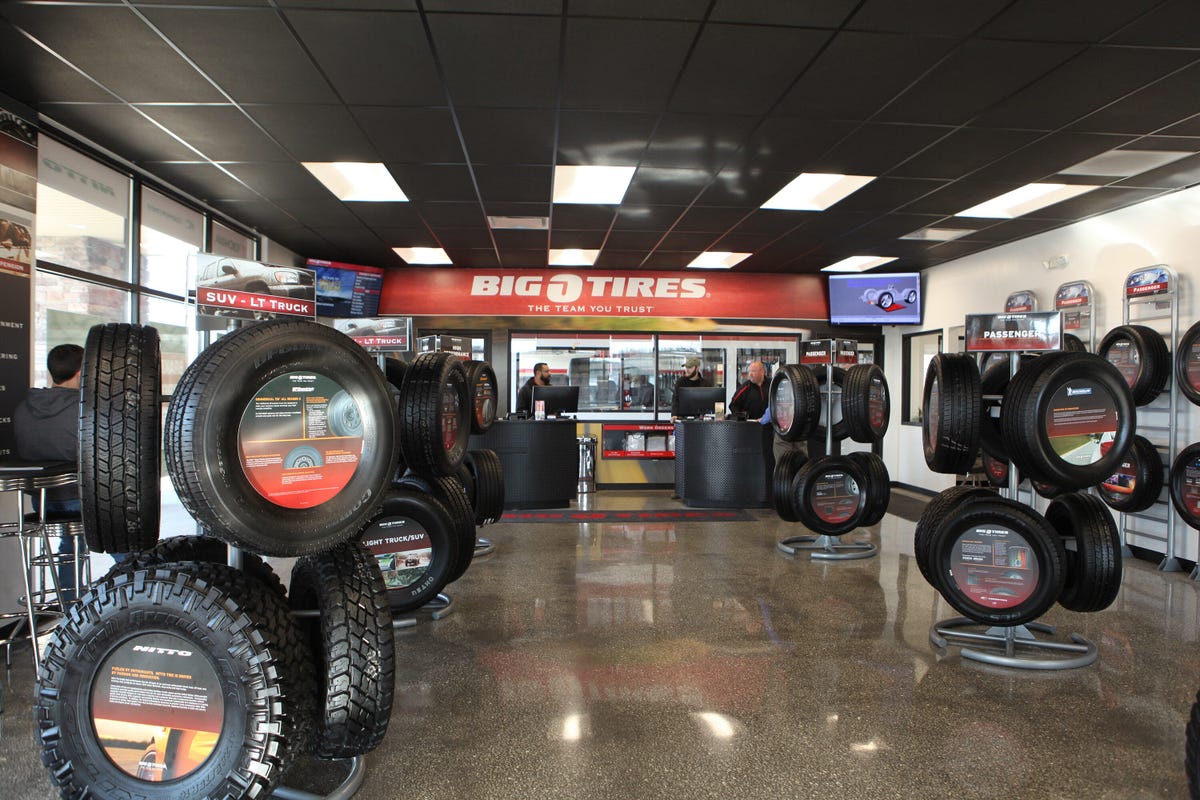Morris Tire and Alignment: Your Relied On Resource for Reliable Service
Morris Tire and Alignment: Your Relied On Resource for Reliable Service
Blog Article
Tire Solution: Understanding Tire Pressure Surveillance Systems
Understanding Tire Pressure Surveillance Systems (TPMS) is an essential element of maintaining optimal lorry efficiency and safety when driving. With developments in automotive modern technology, TPMS has actually come to be a standard function in contemporary automobiles, providing real-time information on tire stress levels. Diving much deeper right into the complexities of TPMS, one can discover the various elements that comprise this system and the significance of each in ensuring exact surveillance. From direct to indirect TPMS systems, the landscape of tire stress monitoring is varied, each with its distinct set of benefits and considerations. Keep tuned to unwind the complexities of TPMS, from upkeep tips to the obvious benefits of maintaining your tires appropriately inflated. mopar tire service specials.

Importance of TPMS
The value of Tire Pressure Surveillance Equipments (TPMS) hinges on their capacity to enhance vehicle security and efficiency through real-time tracking of tire stress degrees. Preserving the appropriate tire pressure is crucial for making sure optimum handling, braking, and overall safety and security of a car. TPMS gives chauffeurs with instant feedback on any kind of overinflated or underinflated tires, enabling prompt changes to be made.
Elements of TPMS
Comprising various essential components, a Tire Stress Monitoring System (TPMS) works as an advanced safety and security function in modern automobiles. The major elements of a TPMS include sensing units, a control component, and a warning indicator. Sensors are typically located in the tire valve stem or affixed to the wheel setting up, where they gauge tire pressure and transfer information to the control component. If it identifies significantly low pressure in any of the tires, the control module processes this info and sets off a warning. The warning indicator, typically a sign on the dashboard, signals the vehicle driver to examine the damaged tire or tires. Some progressed TPMS designs likewise present the real tire pressure readings for each tire, providing vehicle drivers with real-time info to make certain optimum tire efficiency and safety and security. By keeping an eye on tire pressure continuously, TPMS helps protect against accidents, reduces tire wear, and enhances gas efficiency, making it an important element for lorry security and performance.
Sorts Of TPMS

On the various other hand, indirect TPMS relies upon the automobile's wheel rate sensing units to monitor tire pressure. This system spots underinflation by contrasting the rotational rates of the wheels. Indirect TPMS is much less pricey than straight TPMS, as it utilizes existing sensing units within the automobile.
While direct TPMS provides much more precise readings, indirect TPMS is less complex in layout and generally calls for much less upkeep. Both systems have their advantages and constraints, and the selection between them usually depends upon factors such as cost, car make, and individual choice. Understanding the Read More Here differences between these 2 sorts of TPMS can help automobile owners make notified choices regarding tire upkeep and safety.
TPMS Maintenance Tips
Reliable upkeep of TPMS is essential for ensuring optimum efficiency and safety and security of your vehicle. Frequently examining the TPMS sensors for any kind of damages or corrosion is vital. Make sure that the sensors are clean and cost-free from debris that could conflict with their functioning. In addition, it is advisable to check the sensing unit batteries regularly and replace them as needed to guarantee exact readings. Conduct regular examine the tire stress degrees and compare them with the TPMS analyses to ensure they are consistent. Rectify the system following the producer's guidelines if there are any kind of disparities. Throughout tire rotation or substitute, make sure that the TPMS elements are taken care of very carefully to prevent any type of potential damages. Last but not least, if the TPMS cautioning light brightens on the dashboard, attend to the concern immediately by examining the tire pressures and the general system for any kind of mistakes. By sticking to these upkeep pointers, you can prolong the life expectancy of your TPMS and enhance the security of your driving experience.
Advantages of Correct Tire Pressure
Keeping correct tire pressure, as emphasized in TPMS Upkeep Tips, is essential for gaining the many benefits associated with ideal tire stress levels. Additionally, correct tire stress ensures even tire wear, expanding the life-span of the tires and promoting safer driving conditions. In final thought, the advantages of proper tire stress go beyond simply tire durability; they include boosted gas effectiveness, improved security, far better car efficiency, and total driving convenience.
Conclusion
In conclusion, recognizing tire stress surveillance systems (TPMS) is vital for keeping ideal tire pressure and ensuring vehicle safety. By recognizing pop over here the value of TPMS, recognizing with its parts, knowing the different types readily available, adhering to correct maintenance ideas, and understanding the advantages of maintaining correct tire pressure, drivers can improve their driving experience and lengthen the life-span of their tires. Correct tire pressure is vital to effective and safe lorry operation.

Report this page